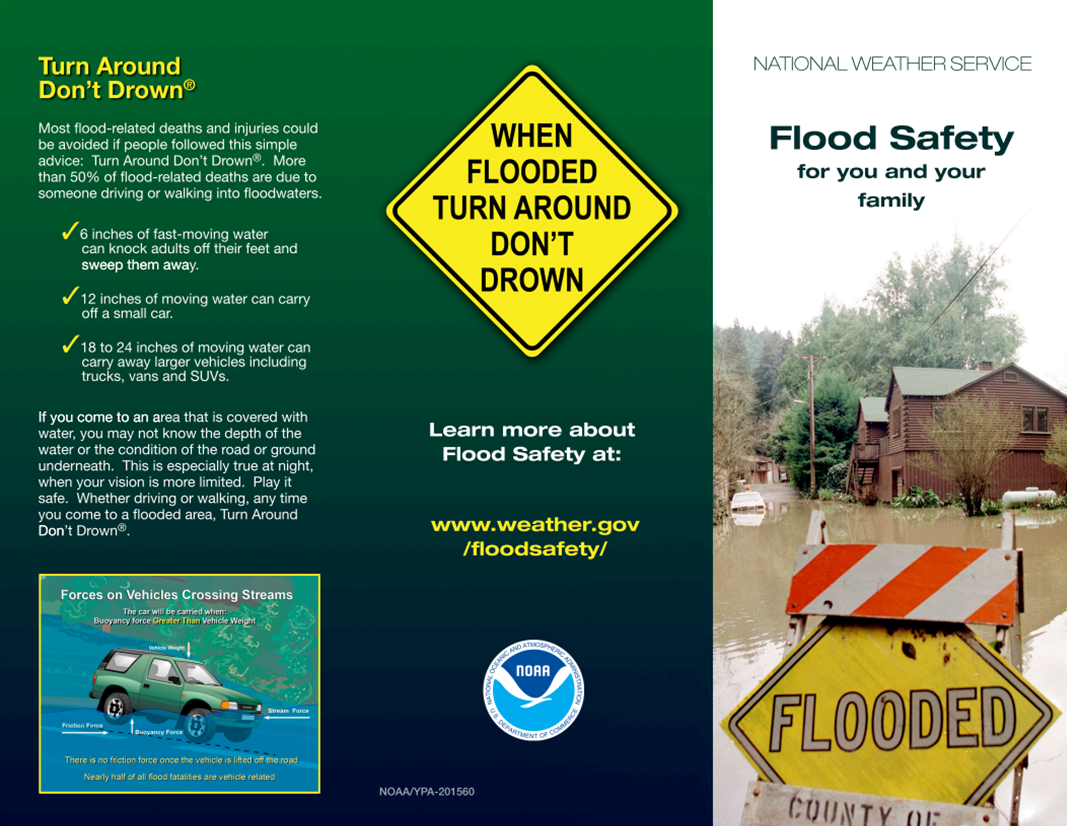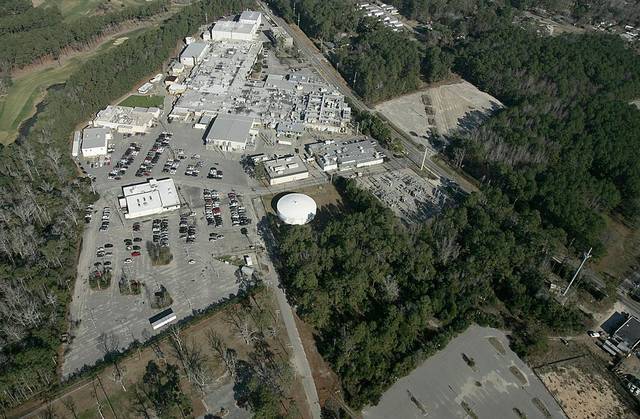Flood Safety Tips: Responding To A Flood Warning From NWS

Table of Contents
Understanding NWS Flood Warnings & Watches
The National Weather Service (NWS) plays a crucial role in keeping communities safe by issuing timely flood warnings and watches. Understanding the difference between these alerts is critical. A flood watch means flooding is possible in your area. Conditions are favorable for flooding, but it's not yet occurring. A flood warning, however, means flooding is already happening or is imminent. This requires immediate action.
An NWS flood warning typically includes:
- Affected areas: Specific locations or counties under threat.
- Expected severity: The potential extent of flooding (minor, moderate, major).
- Timing: When the flooding is expected to begin and end.
The urgency is significantly higher with a warning. A watch allows for preparation; a warning demands immediate response.
Here's how to receive crucial NWS alerts:
- NWS Website: Check weather.gov for your specific area.
- NWS App: Download the official NWS app for real-time alerts on your mobile device.
- NOAA Weather Radio: A dedicated weather radio provides continuous broadcasts, including warnings.
- Local News: Stay tuned to your local news channels for weather updates and emergency instructions.
Understanding the different levels of flood warnings is also vital:
- Minor flooding: Causes some inconvenience or minor property damage.
- Moderate flooding: More significant flooding impacting more areas and causing more substantial property damage.
- Major flooding: Widespread and life-threatening flooding, requiring widespread evacuations.
Protecting Your Home Before a Flood
Proactive measures significantly reduce flood damage. Having a family evacuation plan in place is paramount. This plan should include designated meeting points and escape routes. Practice the plan regularly, so everyone knows what to do in an emergency.
Before a flood hits, take these steps:
- Move valuables: Relocate important documents, irreplaceable items, and electronics to upper floors or a safe, dry location.
- Protect electronics and appliances: Elevate them off the ground to prevent water damage. Consider disconnecting them from power sources.
- Sandbagging: If time permits and it's feasible, sandbagging around vulnerable areas can offer some protection.
- Turn off utilities: Shut off gas, electricity, and water to prevent further damage and hazards.
- Emergency kit: Prepare a readily accessible kit containing essential supplies (water, food, first-aid, medications, flashlights, etc.).
Evacuation Procedures During a Flood
When an evacuation order is issued, act swiftly and decisively. Following official instructions is crucial for your safety. Never attempt to drive through floodwaters – even shallow water can sweep a vehicle away.
Here are the critical steps during evacuation:
- Know your route: Familiarize yourself with your designated evacuation route beforehand.
- Secure your home: Lock doors and windows to protect your property as much as possible.
- Essentials: Grab your emergency kit and important documents.
- Emergency personnel: Follow directions from emergency personnel; they are there to guide you to safety.
- Higher ground: Seek higher ground immediately; stay away from flood-prone areas.
Post-Flood Safety and Recovery
Once floodwaters recede, significant safety concerns remain. Floodwaters often contain contaminants and debris, posing health risks. Assessing damage and reporting it to authorities is also critical.
Take these precautions after a flood:
- Avoid contact: Avoid contact with floodwaters; they may be contaminated with sewage and harmful substances.
- Structural damage: Inspect your property for structural damage before re-entering.
- Cleaning and sanitizing: Thoroughly clean and sanitize all affected areas to eliminate harmful bacteria and mold.
- Insurance and FEMA: Contact your insurance company and FEMA (Federal Emergency Management Agency) to report damages and explore assistance options.
- Discard contaminated materials: Dispose of contaminated materials safely according to local guidelines.
Flood Safety Tips: Responding to a Flood Warning from NWS – Key Takeaways and Call to Action
This article highlighted critical flood safety tips centered around responding to NWS flood warnings. Preparedness is paramount; knowing the difference between a watch and a warning, developing an evacuation plan, and understanding post-flood safety procedures can save lives and mitigate property damage. The NWS plays a vital role in providing timely warnings, making it crucial to stay informed through their alerts and local news.
Don't wait for a flood warning; prepare for flood safety now! Learn more about flood safety tips and responding to NWS alerts by visiting [link to relevant resource].

Featured Posts
-
 Sinners New Horror Movie Filmed In Louisiana Release Date Announced
May 26, 2025
Sinners New Horror Movie Filmed In Louisiana Release Date Announced
May 26, 2025 -
 Uk Inflation Data Drives Pound Higher Boe Rate Cut Bets Diminish
May 26, 2025
Uk Inflation Data Drives Pound Higher Boe Rate Cut Bets Diminish
May 26, 2025 -
 Excess Water Use In North Myrtle Beach Poses Public Safety Risks
May 26, 2025
Excess Water Use In North Myrtle Beach Poses Public Safety Risks
May 26, 2025 -
 Upgrade Your Style Learn From The Fashionable F1 Drivers
May 26, 2025
Upgrade Your Style Learn From The Fashionable F1 Drivers
May 26, 2025 -
 Hasil Fp 1 And Jadwal Live Race Moto Gp Inggris 2025 Di Trans7
May 26, 2025
Hasil Fp 1 And Jadwal Live Race Moto Gp Inggris 2025 Di Trans7
May 26, 2025
